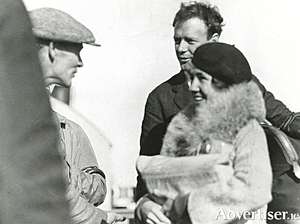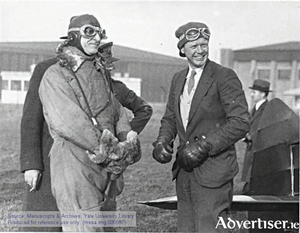Search Results for 'Charles Lindbergh'
6 results found.
The Railway Hotel
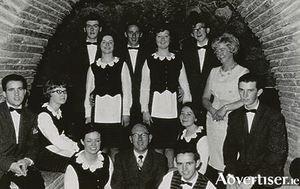
This ancient site on the southern end of what we now know as Eyre Square was occupied by a Knights Templars convent in the 13th century. By the 17th century Robert Martin had a large house on the site, but this was taken from him by the Cromwellians and given to Edward Eyre. The Eyre family held on to the property and on May 12, 1712, Edward Eyre, son of the above, presented the land in front of his house to the corporation as a place of recreation for the people of Galway. In 1827, a man named Atkinson built houses at this end of the Square and by 1845, the site was occupied by a block of tenements owned by Fr Peter Daly.
Lady Mary Heath in ‘The Swamp’
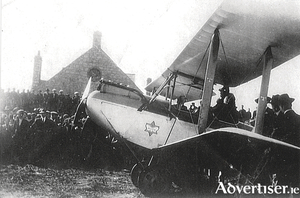
Lady Mary Heath was a famous pioneering pilot. She was born in Knockaderry near Newcastle West, Co Limerick, in 1896. She was an accomplished sportswoman who helped introduce women’s track events to the Olympics. The 1920s was an era when the world seemed to have gone aviation mad, thanks to the exploits of Charles Lindbergh and Amelia Earhart. In 1927, Lady Mary became the first woman to hold a commercial licence in Britain, the first woman to parachute out of an aircraft, and the first pilot to fly a small open-cockpit plane from Cape Town to London. She set records for altitude in a small plane. For much of the 1920s she was one of the best known women in the world, brave, determined, and accomplished.
Filmmakers asked to back movie on Alcock and Brown’s historic flight ahead of 2019 centenary
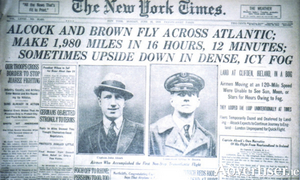
A Dublin author is appealing to Irish filmmakers to progress a proposed movie on John Alcock and Arthur Whitten Brown’s first non-stop 1919 Atlantic flight from St John’s, Newfoundland to Clifden.
Lindbergh
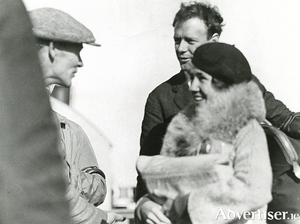
Out of the mists of the Monday afternoon of October 23 1933, there came to Galway a seaplane with a blue black fuselage, orange wings, and silver floats. She circled low over The Claddagh, swooped across the old Spanish Arch, and taking a wide sweep over Lough Corrib, swung around and landed near the lighthouse at 65 miles an hour with scarcely a ripple on the water. Claddagh boats put out in welcome, for it was Colonel Charles A Lindbergh who had flown alone from New York to Paris in May 1927, in 33.5 hours. He had come to Galway as a technical adviser of Pan-American Airways to see what facilities Galway Harbour had to offer as a seaplane base. The Claddagh boatmen towed his plane into New Docks where he was met by several local dignitaries.
